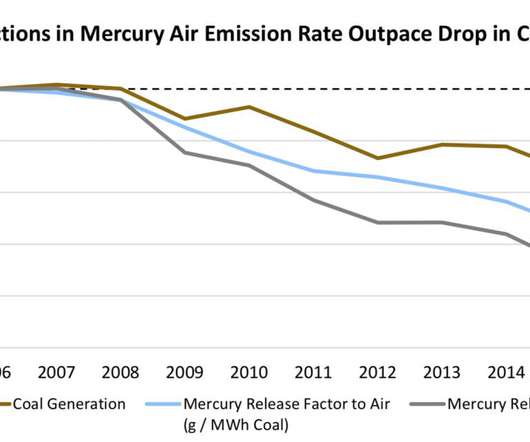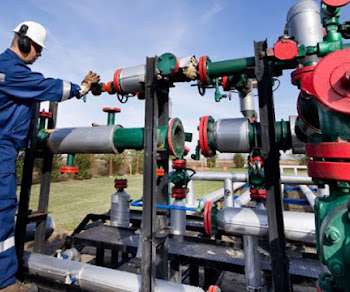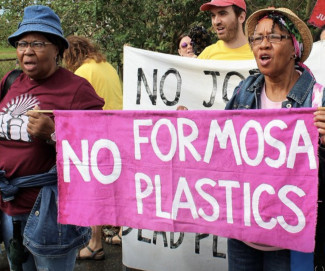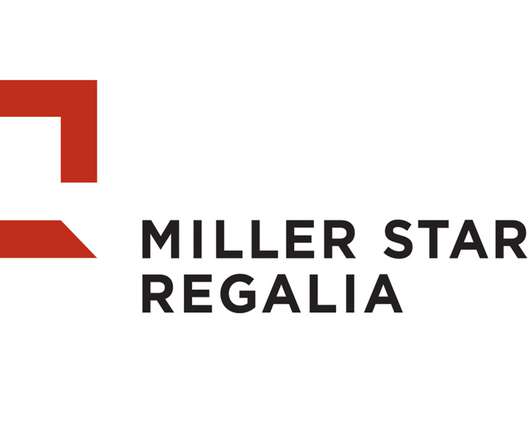Ohio EPA Division of Air Pollution Control hosts Program Advisory Group Meeting
Vorys Law
JANUARY 26, 2021
On January 20, 2021, the Ohio EPA’s Division of Air Pollution Control (DAPC) hosted a “Program Advisory Group” (PAG) meeting via Microsoft Teams to inform interested stakeholders of recent and upcoming DAPC activities.





















Let's personalize your content